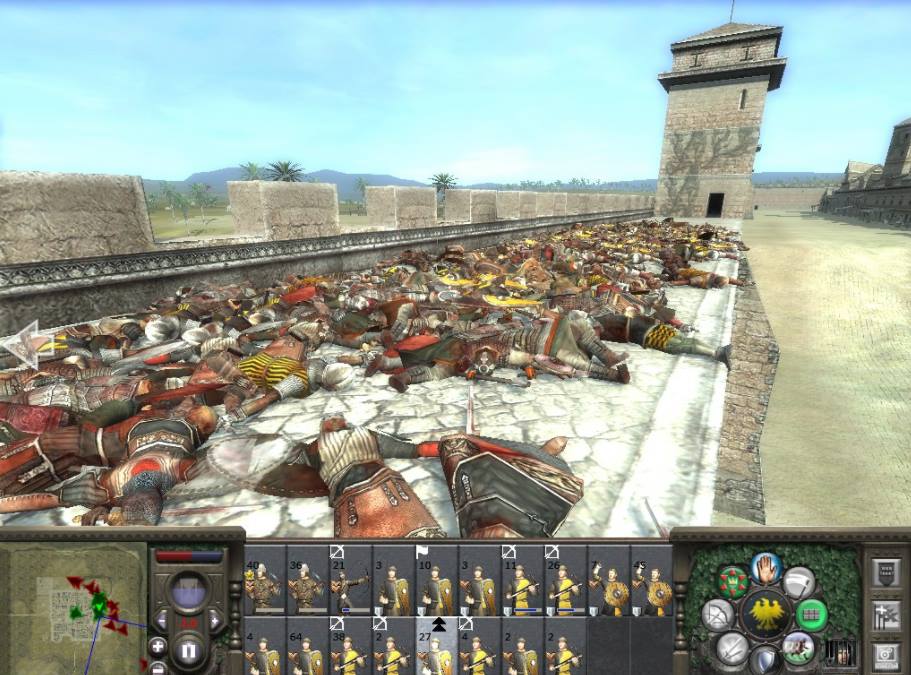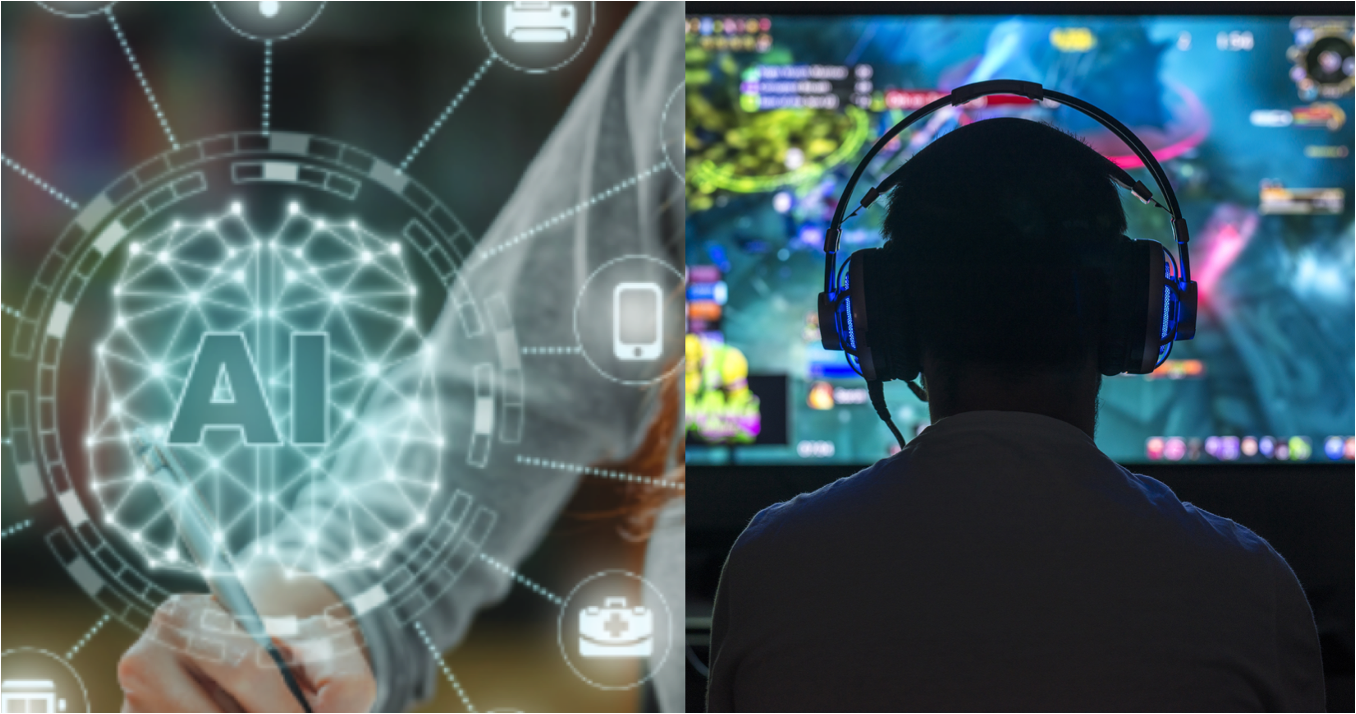Certain sounds inspire an instant reaction in certain people. It can be anything from a snippet of a song to a radio jingle that transports you back in time and reminds you of better days.
As an ageing millennial, and therefore someone to whom advertising gurus and marketing companies pander endlessly, the sounds of my childhood are ripe for nostalgia.
The sound of glass shattering? Get up out of your seat and cheer, because Stone Cold Steve Austin is in the house.
A six-tone beeping effect? The original Power Rangers.
A four-tone jangle, repeated three times? The Nokia phone.
But one sound effect stands heads and shoulders above the rest. A digital, swirling noise that rises to a crescendo, and then a woman breathily purring the Latin word for envy.
Have no idea what I’m talking about? Maybe this will jog your memory:
Yes, that’s the intro animation of NVIDIA, the American tech company that designs Graphics Processing Units (GPUs) for video games, among other things.
As it was established in the early ‘90s, the company was in the right place and the right time to provide a small but indelible part of my childhood and teenage years.
While they made memorable custom intros for video games like "Vampire: The Masquerade - Bloodlines", the simple, two-second version of NVIDIA was always there to greet me every time I fired up a new game of "Civilization IV" or "Medieval: Total War."
Every attempt at world domination and burying my foes in blood and steel was always accompanied by the NVIDIA sound effect.
After all, if sound effects weren’t so universally relatable, then ASMR wouldn’t be a thing.
 Photo from Stephen Jacobi Facebook.
Photo from Stephen Jacobi Facebook.
But unlike other relics of growing up in the ‘90s, like video CD rental shops and buses without aircon, NVIDIA has survived, and continues to thrive. It has branched out into developing cutting edge technology, like artificial intelligence.
While I will always link NVIDIA to happy memories of playing video games in those long afternoons after school, future generations may come to associate them with self-driving cars, self-learning machines, and robotics.
With such technology representing the future of the tech industry, there’s no better time than right now to learn more about how applied artificial intelligence (AAI) can change our lives, hopefully for the better.
Learn more about Applied Artificial Intelligence
Republic Polytechnic will be offering a brand new course on AAI, conducted jointly with NVIDIA, starting Oct. 11.
RP lecturers will impart industry relevant skills and best practices, using materials from NVIDIA’s Deep Learning Institute.
The eight-month, full-time course will consist of four months of training, followed by a four month attachment programme. The course fee stands at S$23,540 (incl. GST), but after the SkillsFuture Support Grant, you only need to pay S$667 (incl. GST).
And what's more, a training allowance of S$1,500 per month will be awarded.
To ensure that your learning is meaningful, you will need to keep a minimum attendance record of 75 per cent.
All this monetary support goes to show how seriously the Singapore education system and the government is taking the issue of AAI. It will be the wave of the future, and will form the backbone of good, high-paying jobs, such as an AI research engineer.
The start of something new
The course is open to Singapore citizens and permanent residents. Either university graduates or polytechnic graduates with three years of work experience may sign up.
Click here to find out more about the course, or you can also sign up to attend the course preview webinar happening on Sep. 6, 7pm.
The jobs of the future, such as analysing big data, developing cloud compatibility for companies, or running cyber security against outside threats will only keep growing in demand. With Singapore’s big push towards digitalisation and AAI capability, there will be jobs and opportunities in a few years that we can hardly conceive of today.
After all, a few years ago, hardly any of these jobs were widely available. But as technology advances, so will opportunity. And the first step is a little knowledge.
This sponsored article by Republic Polytechnic brought the writer back to his childhood where AI was only in science-fiction and not changing the world.
Top image from YouTube and NVIDIA.
If you like what you read, follow us on Facebook, Instagram, Twitter and Telegram to get the latest updates.
